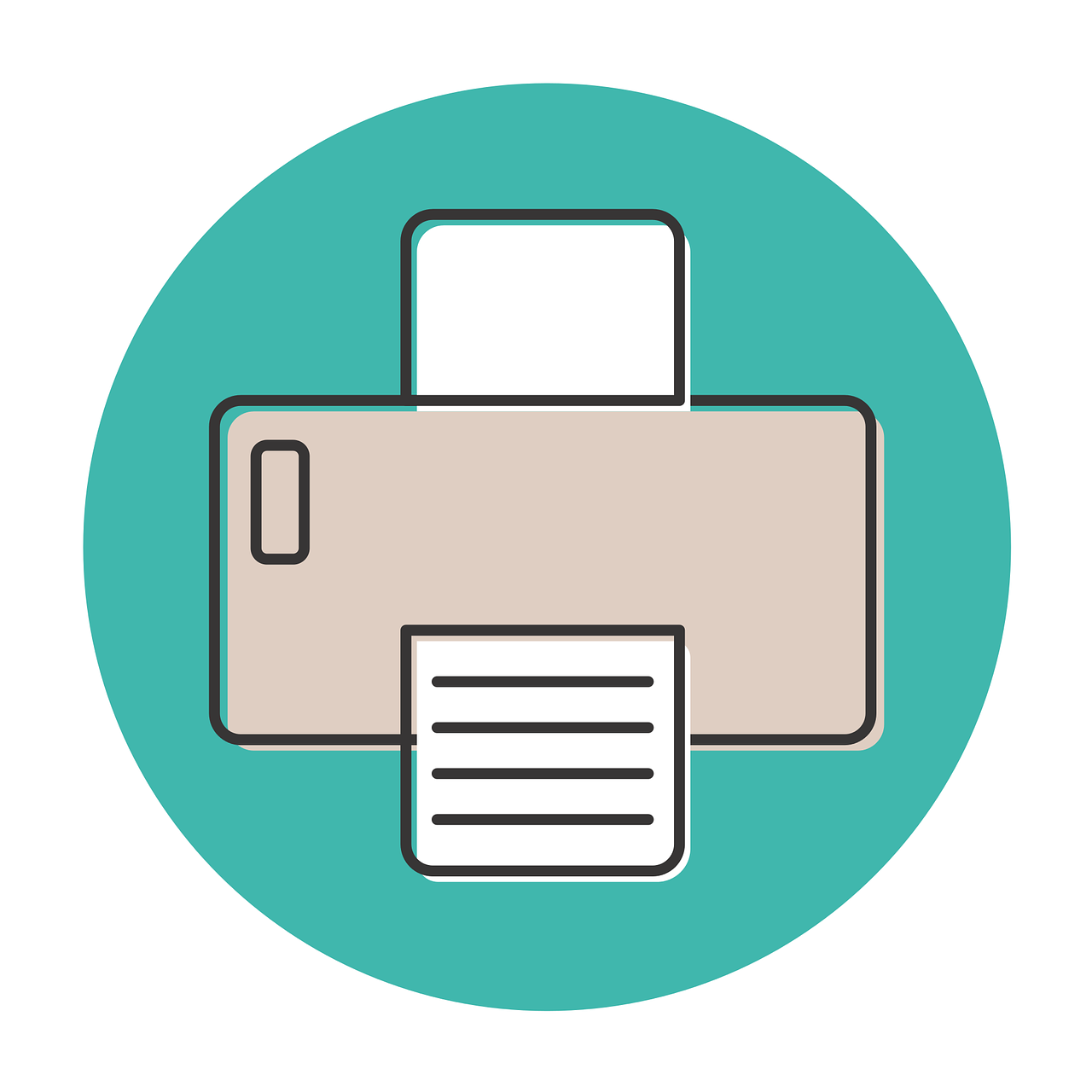Attention autism
What will the speech and language therapist do?
- model each stage of the programme so that parents/practitioners understand what to do
- agree when to move on to the next stage and provide information on suggested activities
- answer any questions you have
- the therapist may also be working with your child and/or providing information on other approaches that can be used, such as supporting language and communication through play, or using symbols/key word signing.
 To print this page
To print this page
Right click anywhere on the page and select 'print'
What is attention autism?
- A four stage programme developed over many years by Gina Davies, speech and language therapist and autism expert.
- Uses visually interesting toys and activities to engage children who find it difficult to attend to adult chosen activities.
- The sessions are fun and do not put pressure on the child to say or do anything, instead the adult tries to motivate the child to want to watch and join in.
- The aim is to establish the essential skills of listening and joint attention, and being part of a group, as essential building blocks for future learning.
Why use this approach?
- Works to the child’s strengths, using toys and activities that are visually appealing.
- Low-demand - the aim is to motivate the child to watch, and later join in if they want to.
- Gradual - starting from a very short activity at stage 1 and moving on when the child is ready.
The programme works alongside other approaches for children with social communication and/or language difficulties.
What can I do to help?
The programme is designed to be fun and simple, and can be carried out at home as well as in pre-school and school settings in a group.
Getting started at stage one - the attention bucket
- Have three toys in the bucket (the aim is to obscure the toys, so if you don’t have a bucket, you can use a box/bowl/bag). Mix the toys up so it’s not the same ones every day. Use a song to introduce the activity. You only sing the song once: There is something in my bucket, in my bucket, in my bucket, there is something in my bucket, I wonder what it is?
- Show great interest and anticipation!
- Take a toy out, show the toy, show what it does, admire it! Use simple language to label it, and say what it does, and add simple gestures.
- For example, “It’s spinning round…..a windmill…a windmill with lights!...flashing lights, wow!...a spinning windmill with flashing lights.”
- Put the toy back. Repeat for the other two toys.
- Then put the bucket away.
Top tips
- everyone in the room is involved in the activity
- the supporting adult/s have an important role demonstrating the skills of watching and showing interest and sharing enjoyment
- the focus of the supporting adult’s attention needs to be on the leading adult, showing the child what to do instead of telling them to look
- the child does not need to sit or even watch, though we are working towards this
- in stage one the leading adult shows appealing toys to motivate the child to look, however the child is not given these toys to play with
- it’s best if the attention bucket is a regular activity that takes place most days at the same time
- follow the attention bucket with a favourite activity.
